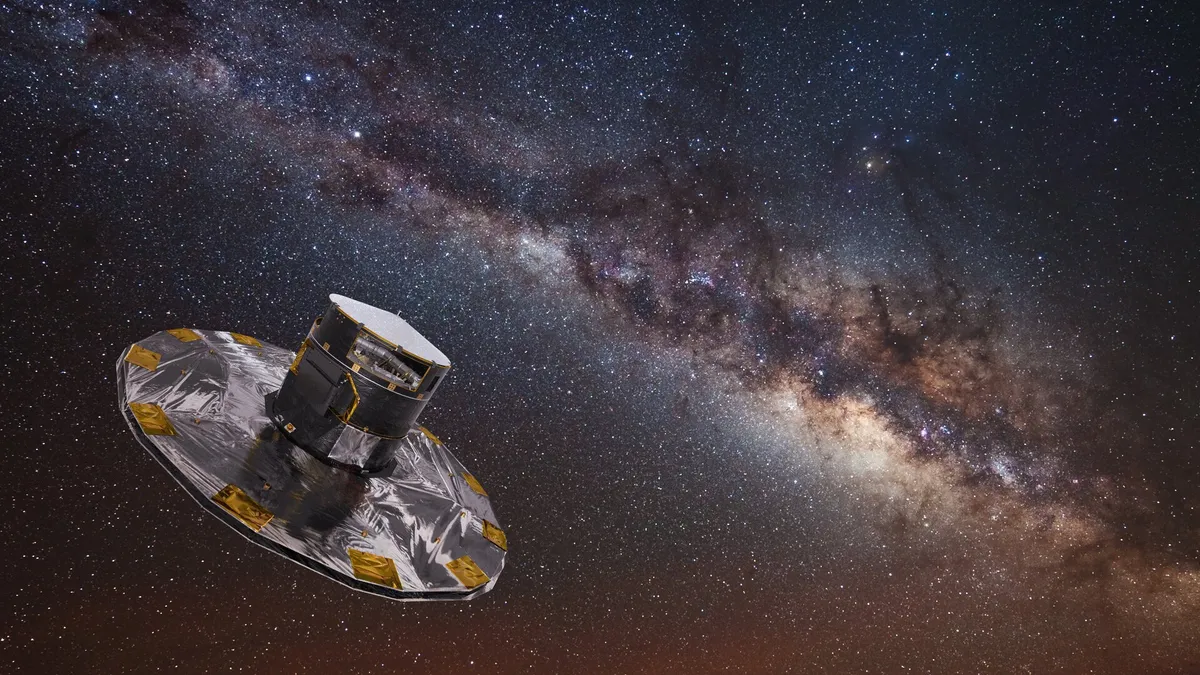HD 206893 c is on the boundary between a planet and a brown dwarf, or "failed star."
An international team of scientists has found a new exoplanet that's the first to be directly imaged thanks to Europe's Gaia spacecraft — and it appears to have nuclear fusion ongoing in its core.
Following up on Gaia data, the team used the GRAVITY instrument on the Very Large Telescope in the Atacama Desert of northern Chile to directly confirm the presence of the newfound planet, known as HD 206893 c.
What's more, the observation also allowed the researchers to analyze the light spectrum from the planet's atmosphere.
The apparent brightening of the object suggests that the core of this giant planet is undergoing nuclear fusion using deuterium, an isotope of hydrogen carrying a neutron.
The newly discovered exoplanet is likely about 13 times more massive than Jupiter.
Source
An international team of scientists has found a new exoplanet that's the first to be directly imaged thanks to Europe's Gaia spacecraft — and it appears to have nuclear fusion ongoing in its core.
Following up on Gaia data, the team used the GRAVITY instrument on the Very Large Telescope in the Atacama Desert of northern Chile to directly confirm the presence of the newfound planet, known as HD 206893 c.
What's more, the observation also allowed the researchers to analyze the light spectrum from the planet's atmosphere.
The apparent brightening of the object suggests that the core of this giant planet is undergoing nuclear fusion using deuterium, an isotope of hydrogen carrying a neutron.
The newly discovered exoplanet is likely about 13 times more massive than Jupiter.
Source






















